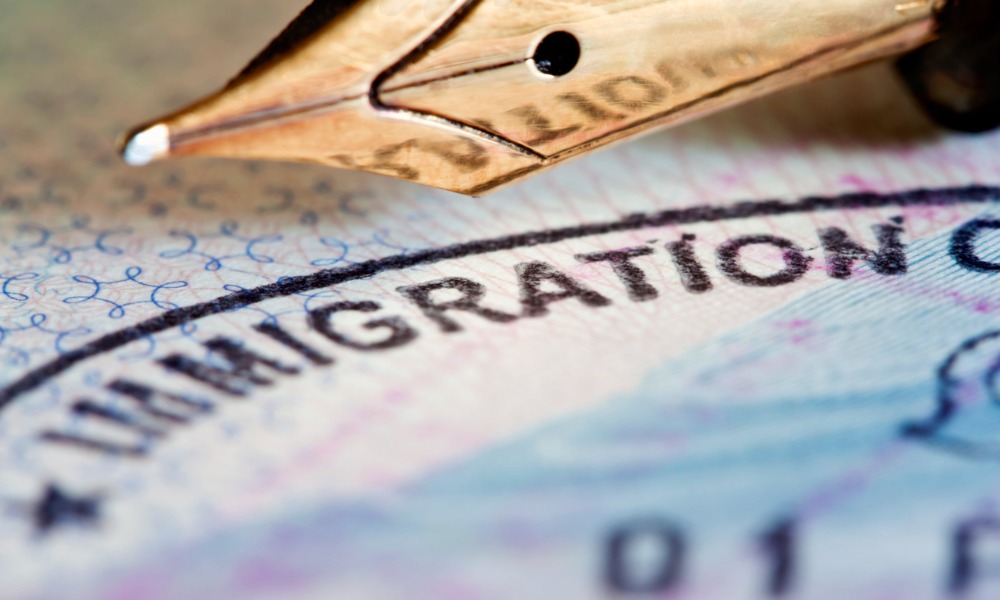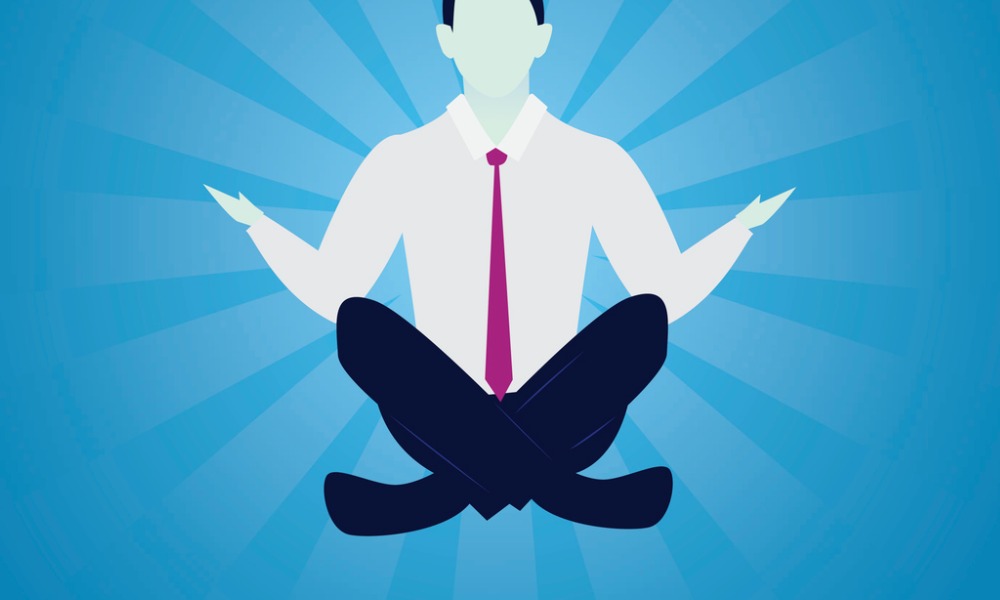Sleep disorders are the leading causes of absenteeism in Australia and it’s costing the economy billions each year
.jpg)
Sleep disorders are a primary cause of absenteeism and underperformance in the workforce, according to a recent study by Ronald Kessler, Professor at Harvard Medical School.
In particular, Australia has one of the highest rates of absenteeism in the world, with rates rising by 7% in the last six years. In fact, absenteeism caused by sleep disorders is costing the Australian economy $33 billion per year and can cost the average Australian business over $3000 annually.
Research also suggests the annual cost per employee for insomnia is $4,770 and for the ever-growing number of insufficient sleep suffers, its $3,510 per annum.
Melissa Webster, CEO of SleepFit Australia, said in a company of 1,000 people, if 30% of staff fall into this category it would cost the business more than $1.2million.
The Sleep Health Foundation report also notes that between 33 and 45% of Australians aren’t getting adequate sleep and only 10-15% of individuals affected by sleep disorders get tested and receive treatment.
Moreover, the problem is only expected to worsen as poor sleeping habits, like using smartphones before bed, continue to increase.
Gretchen Spreitzer from the University of Michigan and Christopher Barnes from the University of Washington list seven ways for employers to use the power of sleep to boost both productivity and morale amongst employees.
1. Build a work culture that values sleep: “Create policies and actions that back up what you say and model as a leader about the importance of sleep.” For instance, leaders can stop sending emails late at night to encourage employees to follow suit.
2. Use wellness programs to improve staff habits: “Utilise your health programs to reduce health issues that can cause difficulty sleeping, like smoking or obesity, and encourage activities that improve one’s sleep, like meditation and yoga.”
3. Give staff time away from work once the workday is done: “Time away from technology and separation from work can allow employees to de-stress and prepare for sleep.” Encourage staff to ‘un-plug’ and spend time away from their phones.
4. Set up a nap room in the office: “Even a few minutes of napping can significantly reduce the likelihood of an employee making a mistake at work.” Let staff take short, 30-minute naps around 3pm when their circadian rhythms dip.
5. Limit the number of scheduled hours: “Employees should not work more than 12 hours per day or more than 60 hours per week and they should not be permitted to work more than 80 hours per week.” Also allow for rest times after long distance or night time travel.
6. Reduce employee shift work: “Avoid work schedules that fight natural sleep patterns, especially shift work that necessitates constant changes in sleep schedule.” If possible, use virtual technology for night time work so the employee is in fact doing it during the day.
7. Incorporate sleep into your disaster plans: “Plan to include sleep into a disaster plan. Employees will be able to sustain their best performance over time through a crisis recovery when they are well rested.” Rotate schedules or set up dark rooms so employees can still sleep when needed.
Related stories:
How wellness can reduce employees’ work frustrations
Is your office brain-friendly?
In particular, Australia has one of the highest rates of absenteeism in the world, with rates rising by 7% in the last six years. In fact, absenteeism caused by sleep disorders is costing the Australian economy $33 billion per year and can cost the average Australian business over $3000 annually.
Research also suggests the annual cost per employee for insomnia is $4,770 and for the ever-growing number of insufficient sleep suffers, its $3,510 per annum.
Melissa Webster, CEO of SleepFit Australia, said in a company of 1,000 people, if 30% of staff fall into this category it would cost the business more than $1.2million.
The Sleep Health Foundation report also notes that between 33 and 45% of Australians aren’t getting adequate sleep and only 10-15% of individuals affected by sleep disorders get tested and receive treatment.
Moreover, the problem is only expected to worsen as poor sleeping habits, like using smartphones before bed, continue to increase.
Gretchen Spreitzer from the University of Michigan and Christopher Barnes from the University of Washington list seven ways for employers to use the power of sleep to boost both productivity and morale amongst employees.
1. Build a work culture that values sleep: “Create policies and actions that back up what you say and model as a leader about the importance of sleep.” For instance, leaders can stop sending emails late at night to encourage employees to follow suit.
2. Use wellness programs to improve staff habits: “Utilise your health programs to reduce health issues that can cause difficulty sleeping, like smoking or obesity, and encourage activities that improve one’s sleep, like meditation and yoga.”
3. Give staff time away from work once the workday is done: “Time away from technology and separation from work can allow employees to de-stress and prepare for sleep.” Encourage staff to ‘un-plug’ and spend time away from their phones.
4. Set up a nap room in the office: “Even a few minutes of napping can significantly reduce the likelihood of an employee making a mistake at work.” Let staff take short, 30-minute naps around 3pm when their circadian rhythms dip.
5. Limit the number of scheduled hours: “Employees should not work more than 12 hours per day or more than 60 hours per week and they should not be permitted to work more than 80 hours per week.” Also allow for rest times after long distance or night time travel.
6. Reduce employee shift work: “Avoid work schedules that fight natural sleep patterns, especially shift work that necessitates constant changes in sleep schedule.” If possible, use virtual technology for night time work so the employee is in fact doing it during the day.
7. Incorporate sleep into your disaster plans: “Plan to include sleep into a disaster plan. Employees will be able to sustain their best performance over time through a crisis recovery when they are well rested.” Rotate schedules or set up dark rooms so employees can still sleep when needed.
Related stories:
How wellness can reduce employees’ work frustrations
Is your office brain-friendly?





